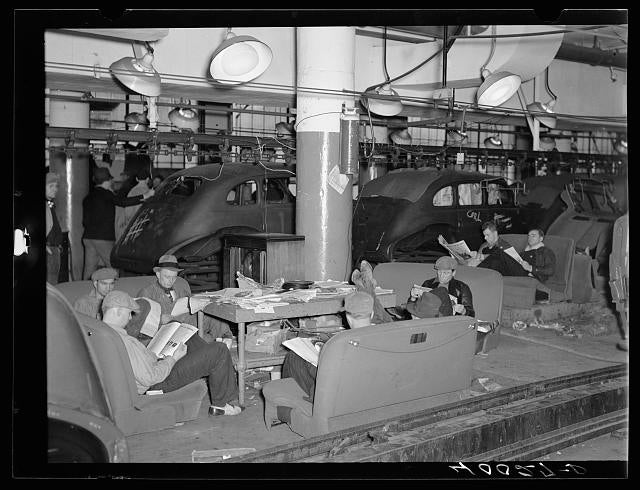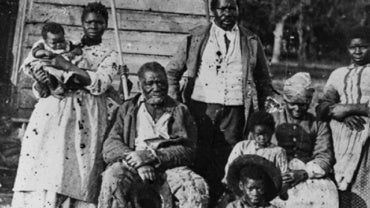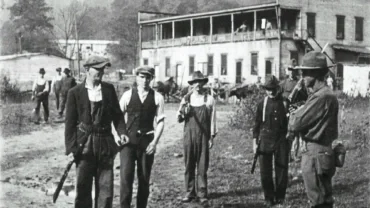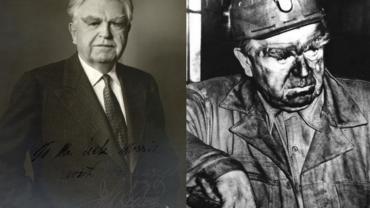The Flint sit-down strike, which started on Dec. 30, 1936, represented a shift in union organizing strategies from craft unionism (organizing white male skilled workers) to industrial unionism (organizing all the workers in an industry). The sit-down strike changed the balance of power between employers and workers.
When workers go on strike, they set up picket lines at workplace entrances impeding production and keeping strikebreakers out. The police have traditionally sided with the owners. Picketing workers were vulnerable to attack by the police, who were frequently reinforced by company thugs. In the 19th and early 20th centuries, it happened over and over again. The strikebreakers went in and the strike was lost.
In a sit-down strike, the workers occupy the workplace. This makes the employer’s equipment and machinery vulnerable in the chaos of a police attack. The sit-down strike changed the balance of power by assuring workers ability to stop production. The United Auto Workers (UAW) argued that General Motors (GM) were the lawbreakers, not the workers. GM’s failure to bargain in good faith placed them in serious violation of the National Labor Relations Act.
The sit-down captured the front pages of newspapers across the country and around the world.











